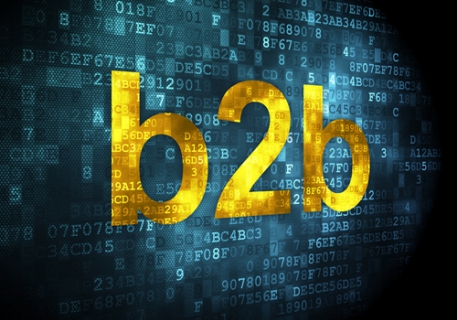
What can the Ripple protocol do that basic core banking infrastructure can’t? Move money in real time, efficiently, securely and at a lower cost. The Ripple protocol was recently adopted by Fidor AG bank in Germany to increase the speed at which money could move between accounts cross border – and that’s just the beginning for this open-source, distributed payments protocol. Ripple Labs CEO, Chris Larson spoke with MPD CEO Karen Webster about what makes it different from Bitcoin, how it complements rather than replaces existing networks, its unique business model, and why FIs are giving it a close look.
Making an online payment should be as easy as 1-2-3, right? That was precisely the mindset of the creators behind Ripple Labs, a San Francisco startup that created a platform for electronic payments using existing fiat currencies. Essentially, the Ripple network – called Ripple Protocol – takes just seconds for funds to move from one institution to the next, and there is no risk of charge-backs or cancellations. Ripple Protocol is also an open-source, distributed payment protocol, and if there’s need for a foreign exchange component it is set by network-based market-makers who compete transparently to offer the best price.
Ripple CEO Chris Larsen spoke with MPD CEO Karen Webster and explained exactly what Ripple was and what it means for the future of how money moves between people and enterprises. According to Larsen, the current math-based currency movement – including crypto currencies like Bitcoin – has created a lot of interest in and visibility around alternatives way to exchange value. However, Larsen views the much bigger opportunity is to use this technology to enable to real-time settlement system without a central operator. Ripple, Larsen says, is a protocol, not a payments network.
“We are not interested in building Square-like operations at the very top of the stack, or replicating all the great services that banks provide for so many core functionalities,” Larsen said. “What Ripple wants to do is be a part of the banking infrastructure.”
Ripple offers three major benefits, Larsen explains: it’s instant, it’s free and it’s globally accessible. Ripple allows users to pay with almost all existing currencies, as well as “alternative currencies” like airline miles and merchant reward points. Ripple simply converts these assets to a digital asset to make them “more accessible.”
Working with Fidor AG
Ripple recently partnered with the German bank Fidor AG to use its platform for both interbank transactions and intra-bank transfers with its own subsidiaries overseas. According to Larsen, this partnership is exciting because not only is it the first bank on Ripple Protocol, but it is the first bank to be on any real-time distributed protocol.
As with any new banking technology, Larsen explained, “it’s hard to get the first one.” But now that Fidor is on board, he views that it will be easier for other financial institutions to understand how the technology can be applied in the real world and to their own needs.
Ripple’s Future
Larsen said that he and other people involved with Ripple knew that “something big was happening” as the company began to grow. His view is that Ripple enables, for the first time, the exchange of value in exactly the same way the world has been exchanging information over the last two decades.
“This idea of the internet was for value exchange. Ripple is no different and we think that is a big deal,” Larsen said. “We think that’s really exciting for what it can provide to both new developers and to existing financial players. We’re building the core technology that is the distributed real time settlement system.”
Looking ahead, Larsen said that Ripple Labs needs to be working “deep core,” and at the integration level by helping existing financial institutions understand and integrate in a way that improves their businesses. Additionally, Larsen wants to work with developers who can develop apps for whether it’s B2B or B2C uses, which will just increase the value able to be exchanged to everybody which Larsen believes is the “ highest value added to the entire digital payments ecosystem.”
To listen to the entire podcast from Ripple’s discussion with PYMNTS.com please click here.